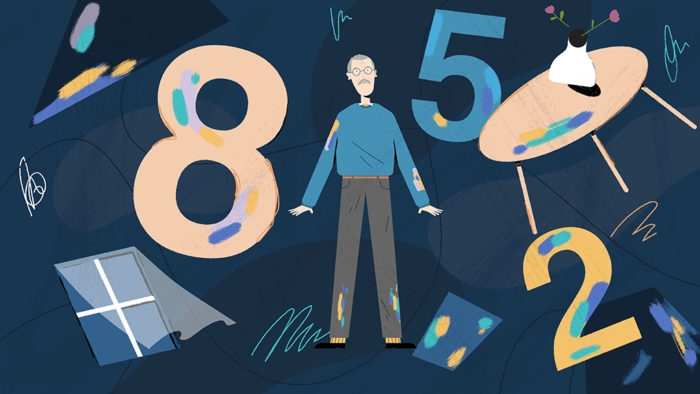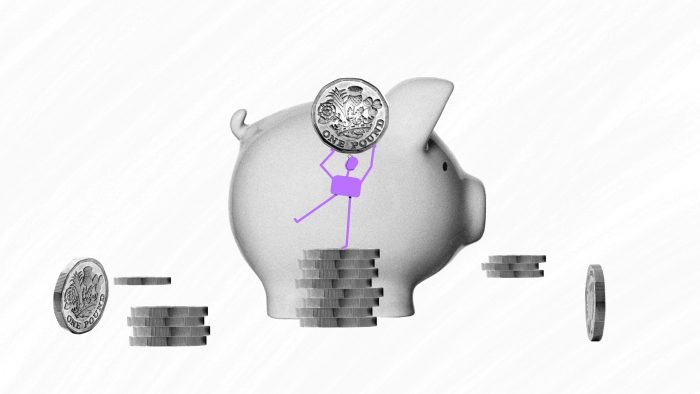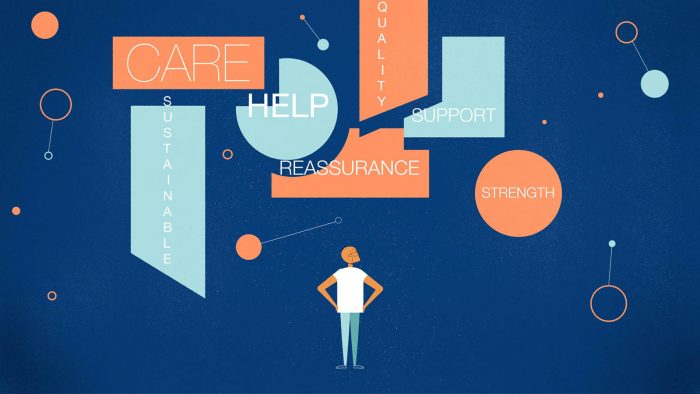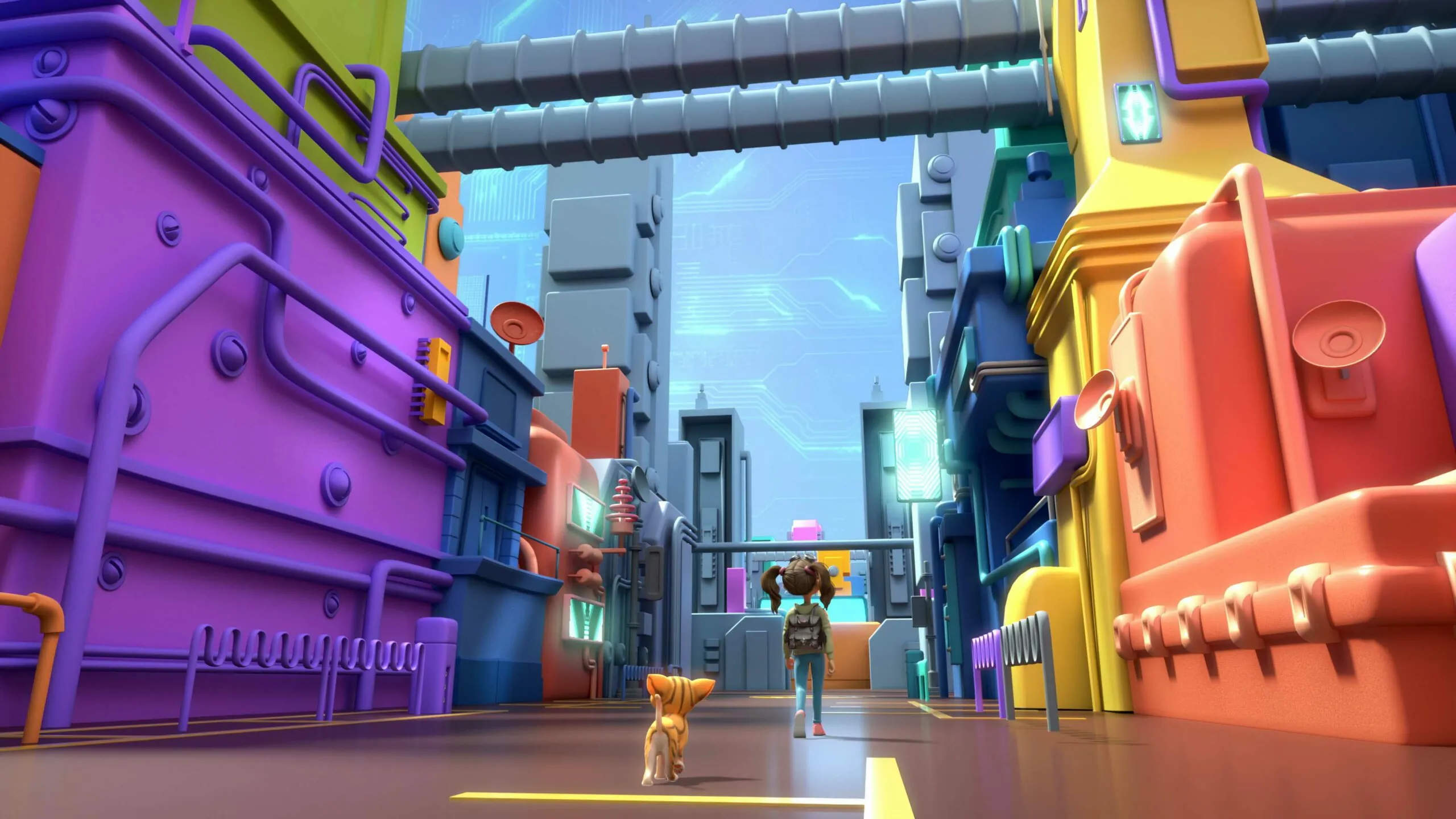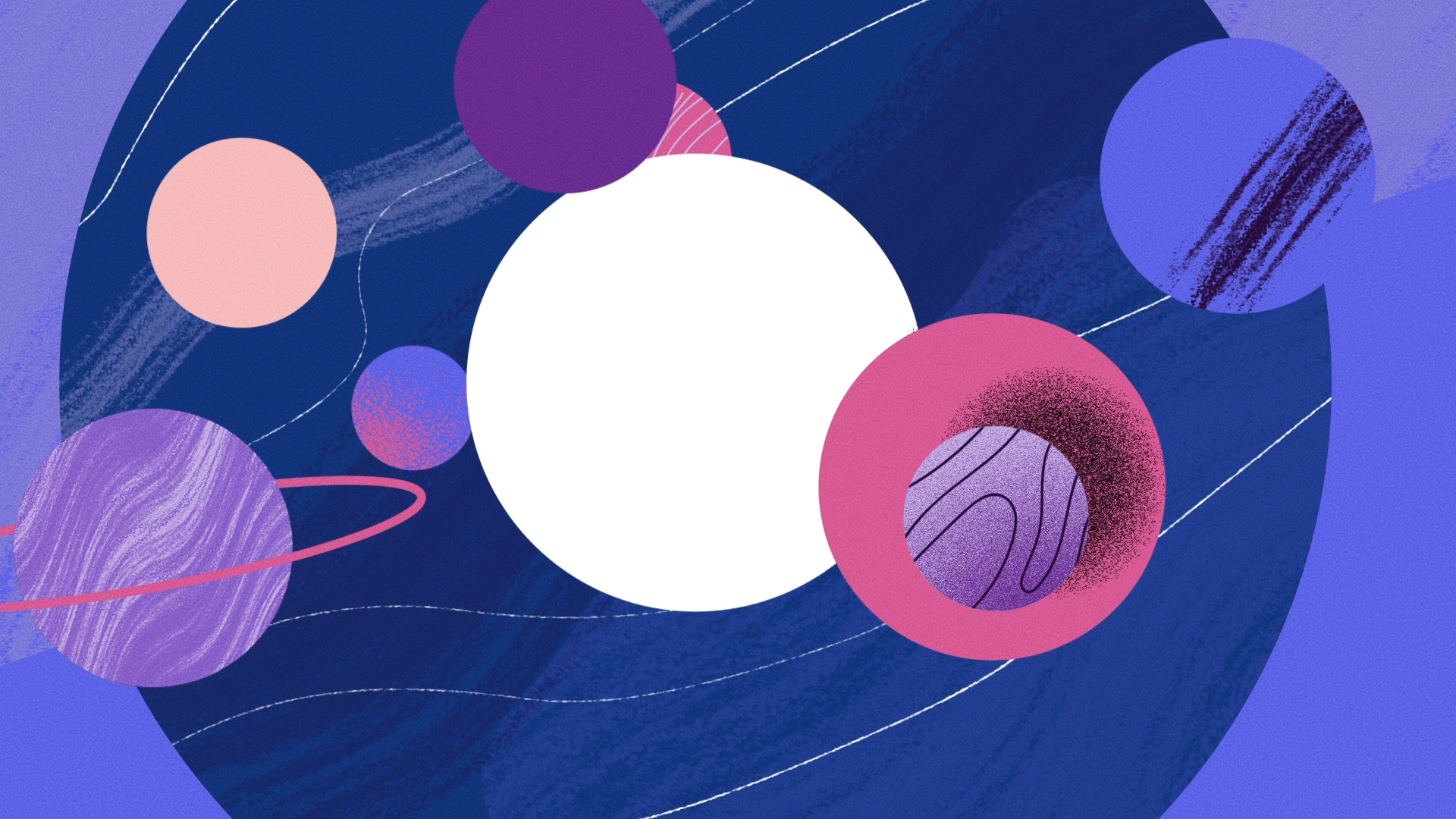
What Is An Animated Explainer Video?
An explainer animations must educate the viewer, and empower them to make an informed decision about the subject. Our job as an animation company is to utilise the power of simple animation to explain complex information.
Welcome to a short guide on the Explainer Animation. It’s one of those useful internet tools that almost everyone has experienced at some point.
Whether you’re purchasing a product, exploring a new hobby or trying to make sense of Cryptocurrency/Brexit/Covid (delete as appropriate), there’ll always be an explainer video to help make the decision simple.
Contents
- Why do you need an animated explainer video?
- The Animated explainer video process
- How much does an animated explainer cost?
- How Lambda Films can help you with explainer animations
1. Why do you need an animated explainer video?
An animated explainer video is an invaluable tool for businesses and marketing professionals, offering a dynamic and engaging way to convey complex ideas or products in a simple, digestible format. This type of corporate animation has the power to simplify intricate concepts, making them accessible to a broader and time-poor audience.
Are animated explainer videos effective?
Animations can significantly boost conversion rates, as visuals are processed 60,000 times faster than text. When information is presented in a video format, viewers tend to remember as much as 95% of the message, compared to just 10% when reading text. Research has shown that 74% of users who watched an explainer video about a product subsequently bought it, highlighting the direct impact on sales. By incorporating animated explainer videos into your marketing strategy, you’re not just sharing information; you’re creating an experience that resonates with viewers, enhances brand recognition, and drives business growth.
2. The animated explainer video process
Structure
When developing your explainer animation we have to take your viewers on a journey, to keep them engaged. The best way to do that is through a story.
We’re not talking fiction here. An effective explainer animation builds a strong narrative with the help of a relatable character, or a voice over that invites the viewer along. The story tends to follow the AIDA model (Awareness, Interest, Desire, Action).
- Awareness: The video makes the viewer aware of a problematic, and relatable situation.
- Interest: This piques the interest of the viewer; the content is relevant to them.
- Desire: The animation then poses a solution to the problem, along with some additional benefits. The viewer now wants to experience this for themselves.
- Action: Finally, the animation gives the viewer the opportunity to obtain the solution with a call to action, and relevant sales information.
Design
Are you an astronaut? I’m guessing not, but will you watch 4 minutes of animation explaining Space Sex? I think you will…
A narrative is a great tool when trying to sell something, but sometimes, it’s just about explaining complex information. The visual design and style of a good animation is key to engaging those viewers who may have less stake in what is being demonstrated.
This is where a great animation agency is key. Ideally, you want to work with animation production companies that will propose a creative concept behind the narrative, and couple that with original design.
Script
You could completely nail the two points above, but if the viewer is left without understanding the topic – then you’ve still failed.
Scripting is perhaps the most important element of the animation. In this instance, I use scripting to refer to both the narration, and the visual storyboard.
The narration itself must use clear and simple language, and be able to define complex terminology or jargon. The visuals can also support the narration by providing a visual representation of what is being described.
As a rule, we recommend testing the readability of your script using the Flesch Reading Ease Calculator. This calculator can tell you how understandable your script is for the average reader, and you want to aim for a score of 70+.
Finally, As an experienced animation agency, we highly recommend the use of metaphors to make abstract information relatable. An effective metaphor with some simple supporting visuals is a powerful tool for reducing complex concepts to understandable, everyday examples.
3. How much does an animated explainer cost?
The cost of an animated explainer video can vary widely based on several factors, including the video’s length, complexity, style, and the quality of animation.
- Basic Motion Graphic Explainers: These animations tend to make use of simple shapes and movements to convey important information. An explainer in this style might start around £6-£8k.
- Character-Driven Explainers: It always helps to include characters in your animated explainers to help build a connection with your viewer. Prices typically range from £8k to £30k. The cost increases with the length of the video, the complexity of the animation, and the inclusion of custom characters or detailed graphics.
- High-End Animation: For top-tier, studio-quality animation with bespoke character designs and intricate animations requiring larger teams prices can vary between £30k up to £200k.
Animation is a flexible artistic form, so more often than not, we can develop a style to match any budget. You can see some examples of our previous work on our animation portfolio or contact us to discuss how we can create a unique, design-led animated explainer for you.
4. How Lambda Films can help you with explainer animations
At its core, the craft of an effective explainer animation is the use of psychological cues, clear language & strong supporting imagery. As an animation agency, we ensure our explainers have a story at their heart, scripted around the consumer and cognitive psychology we discussed above. Every animation is different, and our designers work hand in hand with brands to develop an original style that matches the tone and personality of the company.


